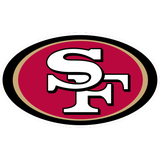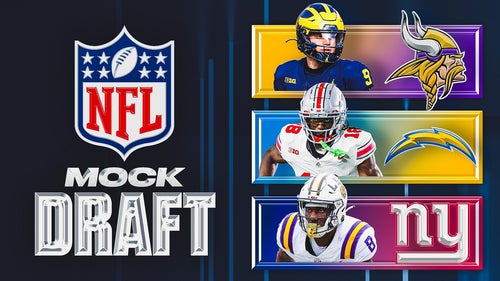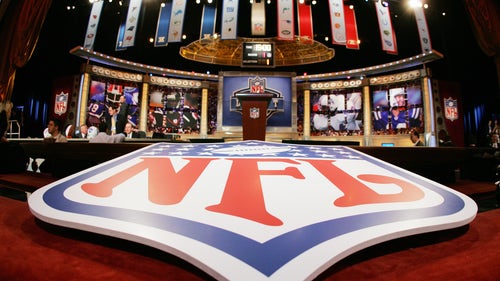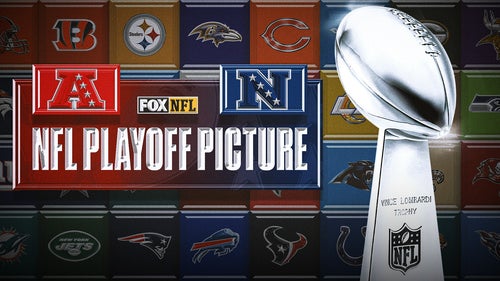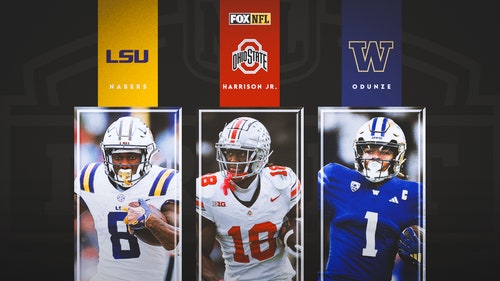
Injuries & Scheme to Blame for 49ers Defensive Woes

The San Francisco 49ers defense has been a major problem for the team in 2016. Niner Noise looks at how this came to be and the primary reasons behind this unit’s struggles.
Go ahead and insert your “the San Francisco 49ers defensive is bad” quote right here.
49ers
Niner Noise 8h49ers Injury News: Linebacker Shayne Skov Lands on IR, Safety Marcus Ball Promoted
More headlines around FanSided:
7h - Ranking Tony Romo's Best Options for 201715h - NFL Power Rankings: Where Do All 32 Teams Sit Entering Week 13?23h - Miami Dolphins defensive recap Vs 49ers week 121 d - 49ers QB Colin Kaepernick a Viable Fantasy Football Option Down the Stretch?1 d - 49ers Starting to Show Signs of Improvement Down the Stretch in 2016More News at Niner Noise
We know this already. Just look at where the Niners rank on the season. Points allowed, last. Yards given up, last. Rushing yards allowed, last. Rushing yards per attempt, last. Passing touchdowns allowed, last. First downs allowed, next to last.
Hey, at least San Francisco isn’t dead last there.
Regardless, one has to ask why this has been the case. Considering general manager Trent Baalke’s draft efforts in recent years, one would have thought the defense was going to be a relative point of strength this season, right?
Nope. Not even close.
There are two primary reasons why San Francisco’s defense has been so putrid this season. And while the Niners have had some glimmers of hope in recent weeks — emphasize some — their defense remains the team’s primary Achilles heel.
Injuries and a problematic scheme under defensive coordinator Jim O’Neil shoulder the majority of the blame. Let’s start with him first.
October 6, 2016; Santa Clara, CA, USA; San Francisco 49ers defensive coordinator Jim O’Neil before the game against the Arizona Cardinals at Levi’s Stadium. The Cardinals defeated the 49ers 33-21. Mandatory Credit: Kyle Terada-USA TODAY Sports
Jim O’Neil and the 49ers Defense
O’Neil uses what’s called a “read and react” approach on defense. Instead of assigning specific gaps to defenders, players are tasked with reading how offensive blockers are handling their assignments. The defenders then react accordingly.
Oscar Aparicio of Niners Nation broke this down, as well as how it worked when O’Neil was with the Cleveland Browns over the last two seasons.
And our own Niner Noise contributor Rich Madrid has done some excellent film work to describe this approach as well. You can read Madrid’s work here, here and here.
Needless to say, neither author has gleaming reviews. And the problems shown throughout the season are why Grant Cohn of the Santa Rosa Press Democrat keeps asking about gap integrity and so on.
So it shouldn’t come as much of a surprise O’Neil’s defenses in Cleveland ranked 32nd and 30th against the run in 2014 and 2015, respectively.
At least he’s consistent.
If there is a bit of a bonus, O’Neil has dialed back some of the aggressive tendencies the 49ers showed earlier this season. While this has allowed the Niners to be somewhat better prepared for handling the run, it’s also come at the expense of the pass rush.
Injuries to Key Starters
While scheme and all that gap-integrity talk bears a lot of the blame, it’s pretty obvious San Francisco’s defense would have been better had it not been for a slew of injuries suffered by key starters.
Here’s the short list, courtesy of Niners Wire’s Chris Biderman:
#49ers defensive starters lost for season: NaVorro Bowman, Ian Williams, Arik Armstead, Ray-Ray Armstrong, Eric Reid. Aaron Lynch sat 8 gms
— Chris Biderman (@ChrisBiderman) November 29, 2016
The loss of former 49ers nose tackle Ian Williams arguably hurt the most. He was San Francisco’s best defender last year, per Pro Football Focus‘ advanced grading system, and the ankle injury that kept him off the field in 2016 also hurt the Niners run defense in a major way.
Getting veteran defensive tackle Glenn Dorsey back into the lineup helped, after he suffered an ACL tear last year. One could note he’s been the primary reason the run defense has improved a bit over the last three weeks.
And what if second-year pro Arik Armstead hadn’t been dealing with an injured shoulder all season before he was shelved? How big a difference would a healthy Armstead make?
Injuries to NaVorro Bowman & Ray-Ray Armstrong
Of course it’s impossible to quantify the importance linebacker NaVorro Bowman has to this unit. He remains the 49ers’ best-graded player, per PFF, despite his season-ending Achilles injury.
Bowman’s injury hurt. But it might not have hurt as much had the Niners been able to keep fellow linebacker Ray-Ray Armstrong healthy.
More from Niner Noise
Armstrong clearly won the inside backer job, alongside Bowman, entering the year. PFF handed him a notable 80.4 grade before a pectoral injury sidelined him for the year in Week 2.
Nevertheless, San Francisco’s defense took more hits than it could absorb this season. And the scheme to which they were assigned by O’Neil didn’t put the backups and remaining players into a position to maintain any sort of continued success after Week 1.
We can ask the “what if” questions all we want. But the reality is the Niners simply weren’t prepared for the plethora of injuries suffered by key players.
And the stats are proving the point.
This article originally appeared on
